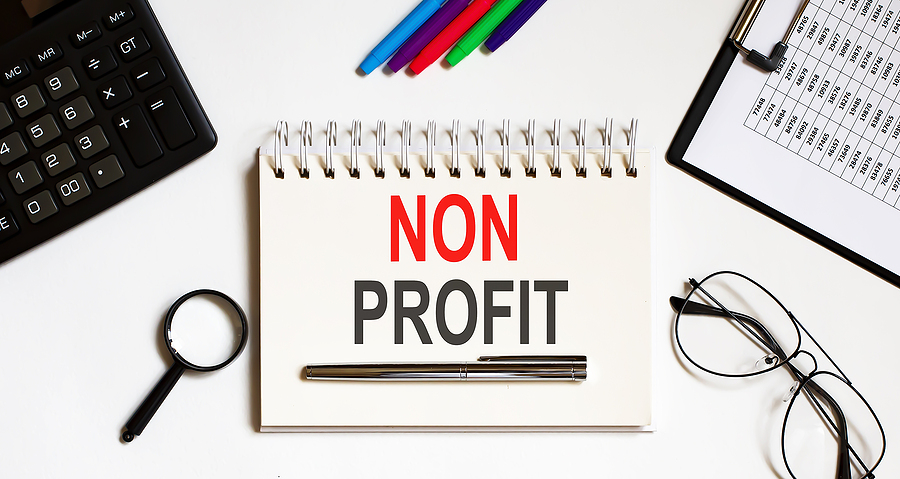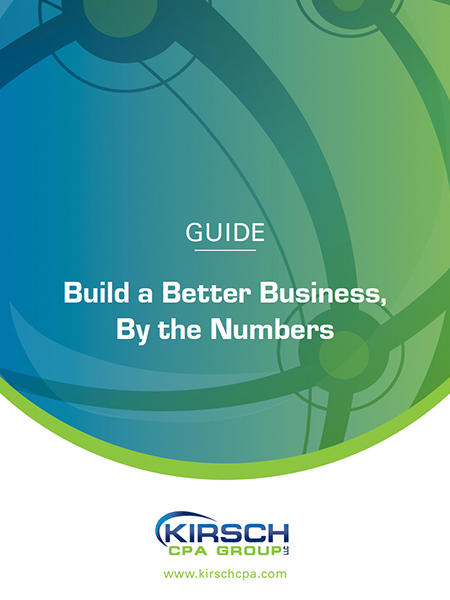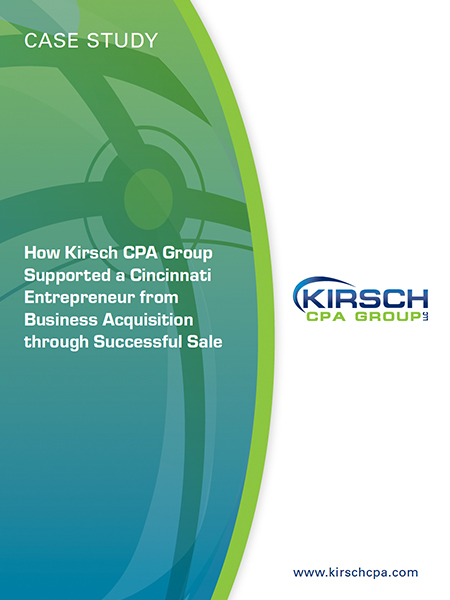5 Ways for Your Nonprofit to Weather Economic Uncertainty
Kirsch CPA Group
Oct 11, 2024

No one can predict with certainty where the U.S. economy will be at the end of 2024 or in 2025. The presidential election, interest rates, inflation, overseas conflicts and the recent stock market performance all could influence the macroeconomic direction. So it’s prudent for nonprofit leaders to hope for the best but also plan for the worst — including a recession.
Past Helps Predict Possible Future
Nonprofit Quarterly magazine recently looked back at the impact on nonprofits of the Great Recession, which was spurred by the 2007 housing market collapse. During the 2007-2009 period, average total revenue for the nonprofit sector declined and some charities were forced to close for good. At the same time, other nonprofits — particularly in the higher education and healthcare fields — increased revenue.
If a similarly dramatic economic situation were to occur again, you’ll want to be prepared. Following are five practical planning suggestions.
1. Set Long-Term Goals
Creating and sustaining a successful nonprofit is a marathon, not a sprint. Typically, charities plan around annual budgets and projections. However, recessions usually last longer than one year, so a one-year plan wouldn’t be sufficient in tough times. Consider extending your outlook to three to five years. An expanded plan can take into account more ups and downs and signal to donors where you expect to be over the long term.
As part of this longer-term plan, set short-term milestones. You might think about a three-year plan as a series of three one-year plans.
2. Spend Smart on Technology
If your organization is current on today’s technology, it may already lag behind tomorrow’s. It’s a sobering thought, particularly when you consider the cost of making tech upgrades. So be sure to prioritize what matters most, such as cybersecurity. In today’s risk environment, all organizations must take extraordinary steps to protect their sensitive data and proprietary information. Plan to spend whatever’s necessary to upgrade firewalls, encryption, multifactor identification and other security tools.
You’ll also probably want to keep current with data management apps that enable you to share information with board members, staffers, volunteers and donors. These products are continually getting better at facilitating communication, analyzing data and determining possible outcomes.
Don’t skimp on fundraising tools, either. Make your website’s donation function as convenient, efficient and secure as possible with the latest technologies.
3. Allocate Resources Wisely
Of course, budgetary concerns could restrict purchases beyond tech upgrades. The key to surviving a period of belt-tightening is to make optimal use of the assets you already have. For example, a healthcare charity might own underutilized medical devices because personnel haven’t been properly trained to use them. Paying for training should be much less costly than buying new equipment.
But if you must make new purchases, focus on quality and longevity — even if it means a higher up-front expenditure. This means you should avoid paying for “patches,” or short-term solutions that will make bigger demands on your budget over the long term.
4. Review Recent History
Your nonprofit’s future demands that you learn from past challenges. For perspective, you probably won’t have to look back further than the COVID-19 pandemic. That’s when many nonprofits temporarily halted in-person fundraising and pivoted to online activities. Ask yourself what worked then, what didn’t and why or why not. For example:
Did virtual events result in less, more or about the same amount of revenue?
What types of campaigns were most successful?
Was online fundraising more cost-effective than in-person events?
How did you make the best use of your resources?
Follow the same process with the Great Recession and other possible rough periods and plan how you’d use the lessons you learned then in the future.
5. Keep Calm and Carry On
If you’re faced with a recession or other financial hardship beyond your nonprofit’s control, the least effective thing you can do is panic. Instead, do what’s in your power to shore up your organization and acknowledge what’s beyond it. Set an example for staffers and supporters by expressing confidence that your nonprofit is strong enough to survive a few headwinds.
Boosting Resilience
Contact Kirsch CPA Group to review your current financial situation. We can suggest ways to make your nonprofit more resilient — regardless of what the future holds.
Schedule an appointment to learn how we can support you
© Copyright 2024. All rights reserved.
More Resources

About The Author
Kirsch CPA Group is a full service CPA and business advisory firm helping businesses and organizations with accounting,…
Sign Up for Email Updates
Tags
Accounting & Financial News

Business Valuations Must Look to the Future, Not the Past
Historical financial performance is just one piece of the business valuation puzzle. While it provides a starting…




